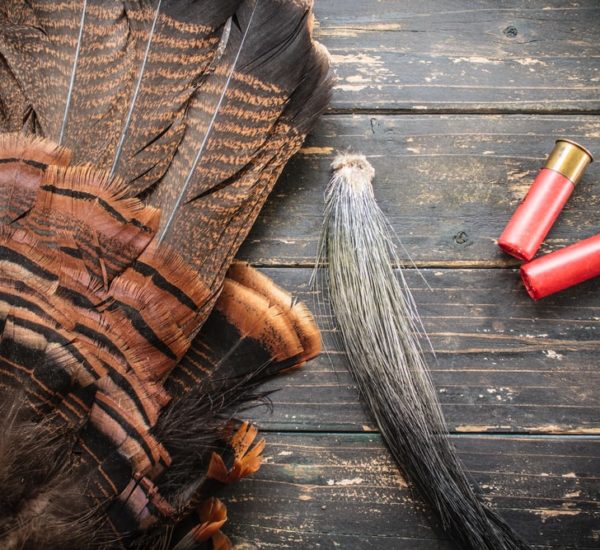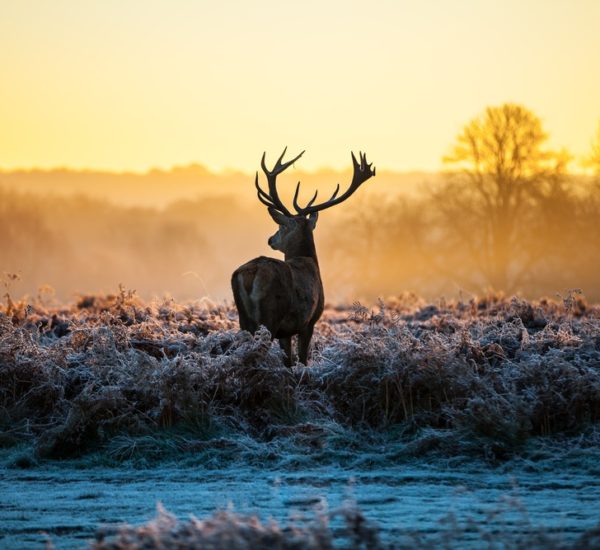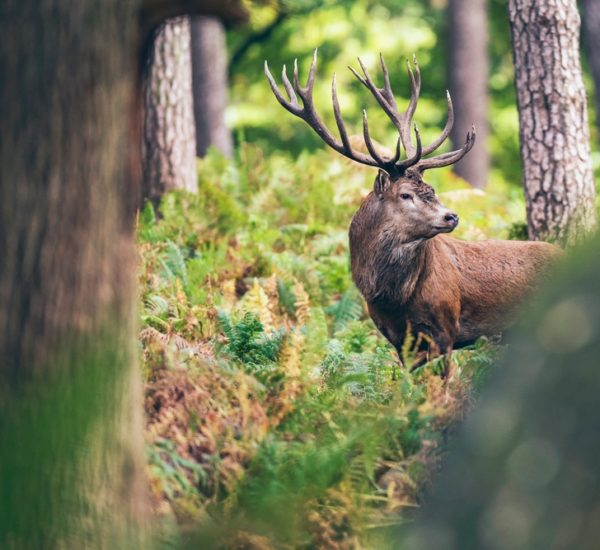Are you puzzled why you appear to get less venison than you expected once the butcher returns the deer meat to you? Does this make you curious to know how much meat from a deer you can get? Well, you are about to get answers to your questions.
Not only that.
But I will also provide great insight into the percentage of meat you can get and the different weights of a hunted deer.
So, let’s get down to it!
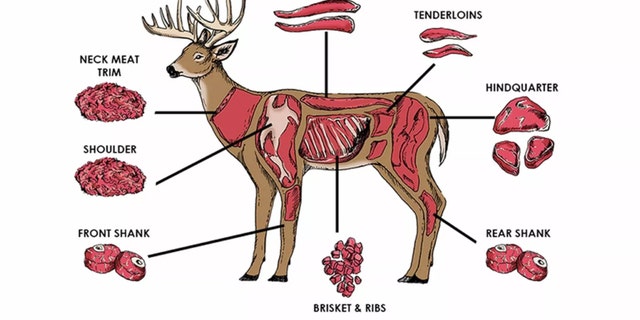
How Much Meat from A Deer?
The amount of meat you can get from a deer depends on two major factors. These include:
- Butcher’s technique and competence
- Region of bullet contact
Hence, to get more meat, you have to make a perfect shot and take it to an experienced deer butcher to get the venison. You might be thinking about when do deer sleep so you can hunt them? Well, that doesn’t matter at all.
So, how do you get a perfect shot?
The best move is to make no disturbance that will alert the deer to your presence. Binoculars and a good telescopic sight can help in spotting and aiming.
Also, we cannot overemphasize the importance of field dressing in improving the shelf life of your venison. How can you know if deer meat is bad? Usually, a change in color, odor, and texture are the obvious signs.

What Is the Weight of a Deer?
The deer’s weight depends to a large extent on its size. Before you take the shot, consider how much venison from a deer you’d like to bring with you. In areas where rain often occurs, learning how to hunt deer in the rain becomes an invaluable skill in making the perfect shot.
It is important to note that deer are of three categories based on their size:
- Fawn (Young Deer)
- Adult Doe
- Adult Bucks
The Fawn
Fawns are the young deer. Male and female fawns weigh differently on average, and male fawns are heavier and weigh between 85 and 100 pounds, while females weigh between 80 and 90 pounds.
But keep in mind.
You should note that this is the live weight before any field dressing, and this weight reduces once the deer has been field-dressed and all other parts removed.
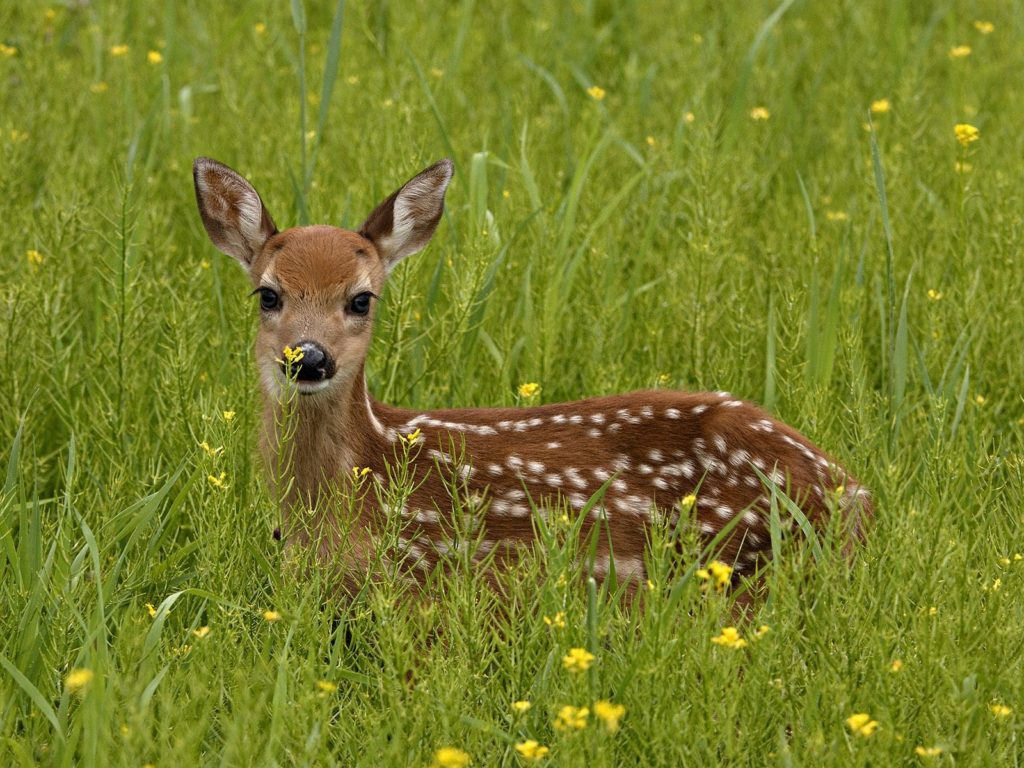
Adult Doe
As opposed to fawns, adult deer have more venison and greater possibilities when it comes to meat. But still, it falls behind the adult Buck when it comes to venison weight.
An Adult doe weighs about 140 pounds, and unlike fawns, you’ll have more flesh after processing the meat.
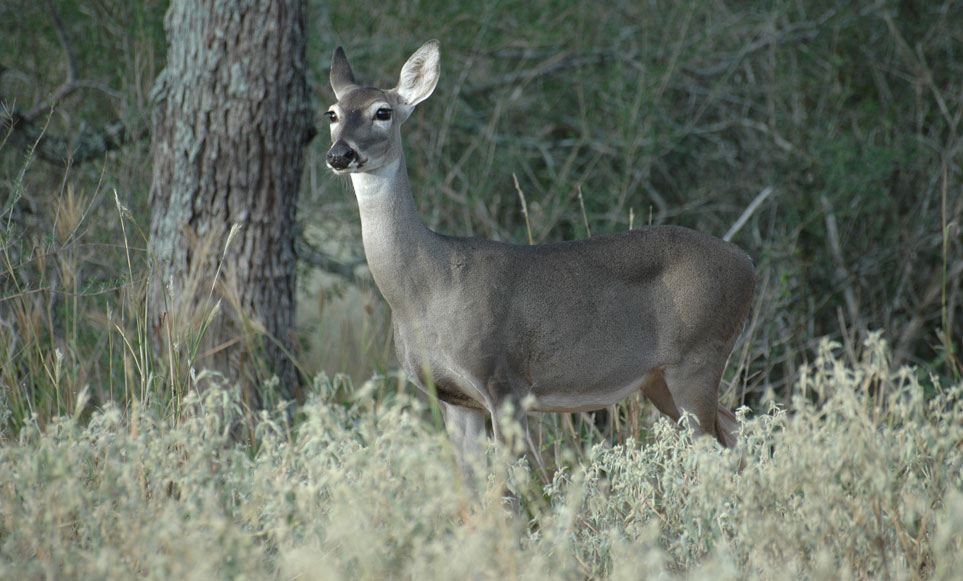
Adult Buck
In terms of live flesh, adult buck weight is about 160 pounds on average. Depending on how efficient the procedure is, you’ll end up with a significant quantity of hanging weight.
Overall, you carry less hanging meat than live meat. The reason is that all the internal organs and the non-meat areas are out during processing. And the non-meat sections account for the percentage of the total weight.
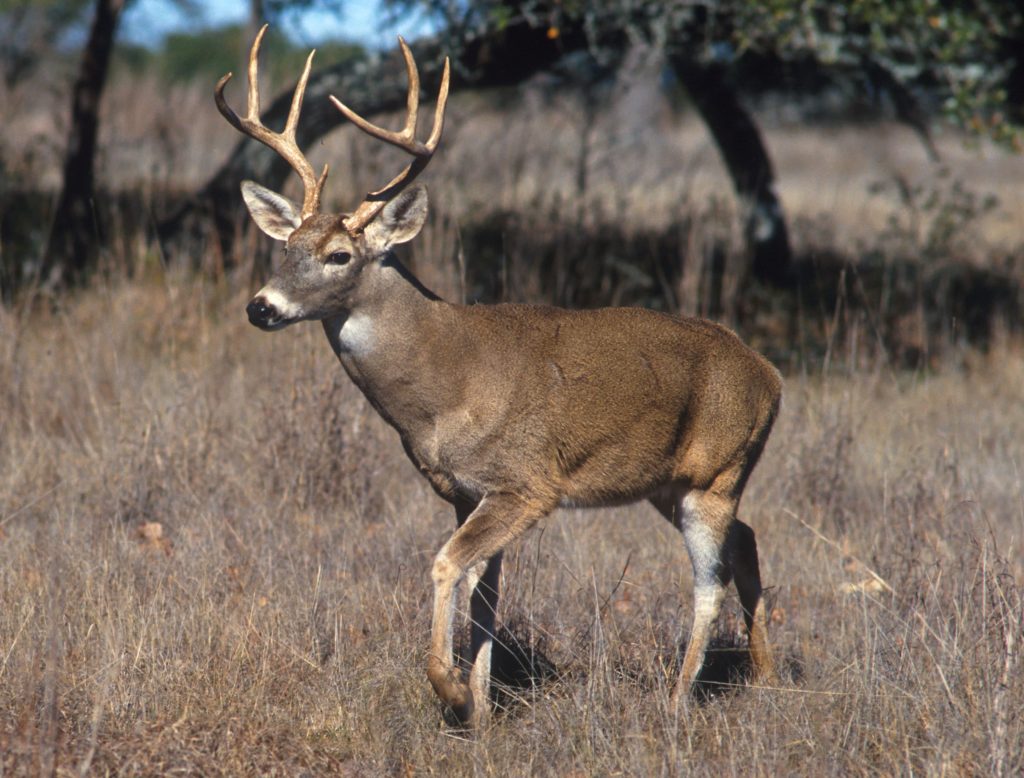
How Much Meat Can You Get from A Deer?
An adult buck weigh around 160 pounds on average, whereas an adult doe usually weighs 140 pounds.
A mature 160-pound deer boasts of carcass weight of 120.21 pounds, and it also has a boneless weight of about 80.54 pounds and a realistic venison yield of 56.38 pounds based on the preceding calculations and weights. So, for a mature deer weighing 160 pounds, you will get roughly 56 pounds of boneless venison.
A 140-pound doe, on the other hand, will have a carcass weight of 105.18 pounds, an optimum boneless venison weight of 70.47 pounds, and a realistic venison output of 49.33 pounds. When you take out the waste from field dressing, that’s about 50 pounds of meat.
Of course, you won’t get all this venison in a single large slab for you to freeze to prevent deer decomposition. When you take your hunted deer to any butcher, they will return to you in batches after cutting the venison into smaller pieces.
How Many Percentages of Meat Can You Get from A Deer?
It’s natural for hunters to be concerned about how much meat they’ll be able to bring home from a kill, particularly if they live in isolated places. When checking at a deer, a skilled hunter can estimate the amount of meat to expect.
Fawns produce less meat than adults. In addition, the adult doe is lighter than an adult buck, and adult bucks are also different sizes and weights.
But generally, a hunter should expect to get 40 to 50% of the total weight of his kill.
How Much Boned Meat from A Field Dressed Deer?

There are three parameters we take into consideration when calculating boned meat from a field-dressed deer.
These parameters are.
- Weight Of Carcass: divide the field dressed weight by 1.331
- Actual boneless venison weight: To get this weight, multiply carcass weight by 0.67
- Practical venison yield: This is the actual boneless weight multiplied by .70.
For instance, if you kill a mature doe that weighs 140 pounds field dressed. With the above equation, the carcass weight would be 140 pounds divided by 1.331, which will be 105.18 pounds. This deer would yield 70.47 pounds of boneless meat and a practical venison yield of 50 pounds.
You must note that waste varies from deer to deer, which is why we use the practical venison yield as a benchmark.
FAQs
What Is the Weight of a Female Deer?
Female deer are lighter and shorter than male deer. Female deer weigh 50 to 250 pounds and stand three feet tall when fully mature.
A Doe (female deer) weighs up to 100 pounds which is about 45kg. But the weight varies due to the food availability and habitat, and some weigh up to 135kg, which is about 297 pounds.
How Much Meat from A Whitetail Deer?
Field dressed, a whitetail fawn would weigh about 55 to 75 pounds, and this weight is for the most Northern Whitetail fawn. A Southern fawn, on the other hand, weighs about 30 pounds when field-dressed.
Generally, field dressed healthy fawns could weigh up to 65 pounds.
How Much Meat Do You Get from A 150 Pound Deer?
If your deer weighs 150 pounds after field dressing, this means it had a 189 pounds live weight (150 multiplied by 1.26). When conditions are optimal and there is little to no waste, you should expect about half the live weight in venison.
How Much Meat Is Lost in Butchering?
You can get roughly 75% of the post-field dressed weight as meat if you have a professional butcher who minimizes loss.
On average, 71-78% of the weight is meat, with the remaining 6-9% hidden, 11-14 percent bone, and 5-6% being blood.
Conclusion
Finally, we’ve come to an end, and it is certain you now know how much meat from a deer you can get and the average weight of a deer. The truth is the amount of meat you get from a deer is dependent on several factors. These factors include type of deer, the size, waste, and accuracy of your shot.
Generally, you would get more venison from a matured buck than you would get from either a fawn or a matured doe. Also, an accurate shot matters a lot since the butcher will have to take off the bullet that goes into the deer to avoid lead poisoning.



